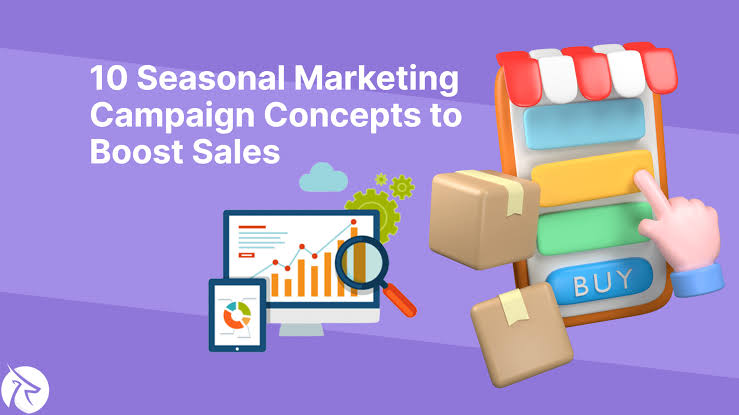How Creative Translation Enhances Your Resort’s Seasonal Campaigns
Resorts must find ways to connect emotionally with guests from diverse cultures. Traditional translation, word-for-word conversion of text—can fall flat when it comes to capturing your resort’s unique personality and seasonal spirit. Creative translation, or transcreation, goes beyond literal meaning to adapt tone, style, and cultural nuance. For your resort’s seasonal campaigns, this approach can turn a standard holiday offer into a captivating invitation that feels tailor-made for each target market.
Why Traditional Translation Isn’t Enough
- Loses Voice and Emotion
Literal translation often strips away playful puns, cultural references, or local idioms that make marketing copy memorable. A “Winter Wonderland” headline rendered word-for-word may sound generic—or even confusing—in markets without snowy winters. - Ignores Cultural Context
Phrases tied to specific cultural events—like “Ring in the New Year with fireworks on the beach”—may carry different associations elsewhere. Without adaptation, your message can feel irrelevant or, worse, insensitive. - Misses Marketing Opportunities
Resort copy is more than information; it’s an experience. When you rely solely on literal translation, you miss the chance to highlight whatever local element resonates most with that audience—whether it’s cherry-blossom season in Japan or the monsoon’s dramatic skies in Southeast Asia.
What Is Creative Translation?
Creative translation (or transcreation) blends translation with copywriting. It:
- Preserves Core Message: Keeps the original intent and emotional impact.
- Adapts Culturally: Changes references, imagery, and idioms to suit local tastes.
- Rewrites Freely: Allows copywriters to pivot phrasing, tone, and structure.
- Elevates Brand Voice: Ensures your resort’s personality shines through in every language.
Four Key Benefits for Seasonal Campaigns
1. Stronger Emotional Connection
By recreating headlines and body text to reflect local customs and traditions, you speak your audience’s language—literally and emotionally. For example:
- Japanese Market: Instead of “Spring Sale,” use “Celebrate Sakura Season with Special Stays,” invoking cherry-blossom festivals.
- Mexican Market: Frame a winter campaign around “Fiesta Under the Stars,” tapping into the country’s vibrant holiday fiestas.
2. Higher Engagement and Conversions
When copy feels relevant, readers spend more time on your site, click through to packages, and—ultimately—book. In one A/B test, a resort saw a 25% lift in click-throughs when creative translation replaced generic text, because the headlines resonated with local storytelling traditions.
3. Improved Brand Perception
Guests perceive resorts that “get” their culture as more authentic and premium. Transcreation shows that you respect local customs enough to craft targeted messaging, elevating your brand above one-size-fits-all competitors.
4. Flexibility for Different Channels
Whether you’re running email blasts, social ads, or print brochures, creative translation ensures your core campaign adapts smoothly across media. A playful winter pun in English can become a romantic winter metaphor in French and a festive folk rhyme in Hindi—each channel conveying the same spirit in a locally meaningful way.
Implementing Creative Translation in Your Seasonal Campaigns
Step 1: Define Your Core Campaign Elements
List the campaign’s key messages, slogans, imagery, and offers. For a summer “Sun & Sand Escape” you might have:
- Headline: “Catch the Last Rays of Summer”
- Offer: “Stay three nights, get the fourth free”
- Imagery: Beach bonfires, sunset cocktails
Step 2: Research Target Markets
Work with local marketing consultants or in-country copywriters to understand:
- Cultural Symbols: What natural imagery or events resonate?
- Local Humor and Idioms: Which puns or wordplays carry over?
- Seasonal Traditions: Do festivals or holidays align with your campaign window?
Step 3: Transcreation Briefing
Provide your creative translators with:
- Original Copy and Visuals: The English (or source) text and any key images.
- Campaign Goals: What emotional response you want (e.g., excitement, relaxation, adventure).
- Local Insights: Notes on taboos or sensitivities (e.g., avoid green in some cultures, reference specific foods).
Step 4: Draft and Iterate
- First Draft: Transcreator produces localized headlines, body copy, and CTAs.
- Internal Review: Your marketing team checks for brand consistency.
- Local Feedback: In-market partners review for authenticity.
- Finalize: Lock in copy, design layouts, and prepare for launch.
Step 5: Test and Measure
- A/B Testing: Compare literal vs. creative versions in email or landing-page experiments.
- Engagement Metrics: Track click-through rates, time on page, and bounce rates.
- Booking Data: Measure conversion lift and revenue per guest.
Use these insights to refine future seasons, building a library of successful transcreated assets.
Real-World Example: A Winter Wonderland Campaign
Scenario: A coastal resort in Thailand wants to promote a December “Winter Escape” package. A literal translation into Japanese reads awkwardly—since Japan’s winter means snow and ski resorts, not palm trees.
Creative Translation Approach:
- Original English: “Escape to our Winter Wonderland by the Sea”
- Japanese Transcreation: “冬のビーチリゾートで過ごすあたたかなひととき” (“Warm Moments at Our Winter Beach Resort”)
- Why It Works:
- Emphasizes warmth and comfort rather than snow.
- Uses “ひととき” (“moments”), a common Japanese expression for cherished experiences.
- Creates an emotional image of seaside relaxation.
Result:
- 35% higher email open rate compared to the literal translation.
- 20% increase in bookings from Japanese markets during December.
Best Practices for Transcreation Success
- Invest in Native Talent
Hire copywriters who are both language experts and savvy marketers. They need the creative freedom to craft compelling copy. - Keep Brand Guidelines Handy
Share tone-of-voice documents, visual identity rules, and core values so transcreators maintain consistency. - Build a Glossary of Localized Terms
Over time, compile approved headlines, slogans, and offers adapted for each market—reducing turnaround times for future campaigns. - Balance Consistency with Flexibility
While major brand elements (logo, color palette, core promise) remain fixed, let creative translation reshape the copy to match local sensibilities. - Plan Early
Transcreation takes longer than literal translation. Build extra time into your marketing calendar for research, drafting, and review cycles.
Conclusion
Creative translation elevates seasonal resort campaigns from generic to genuinely engaging. By adapting your brand’s story—headlines, imagery, and CTAs—to resonate with local cultures, you forge stronger emotional connections, drive higher engagement, and boost conversions. Whether you’re spotlighting cherry blossoms in spring, festive lanterns in autumn, or sun-drenched beaches in winter, transcreation ensures your message feels tailor-made for every guest. Embrace the art of creative translation, and watch your resort’s seasonal campaigns flourish across global markets.

